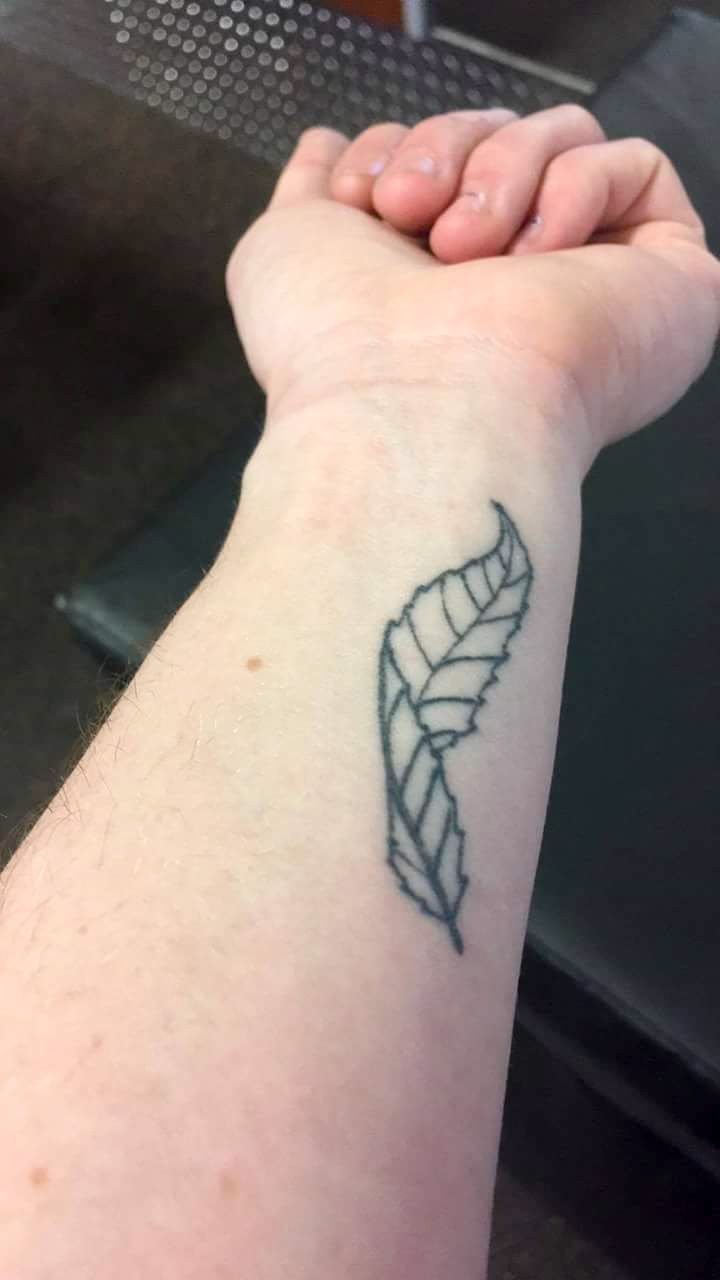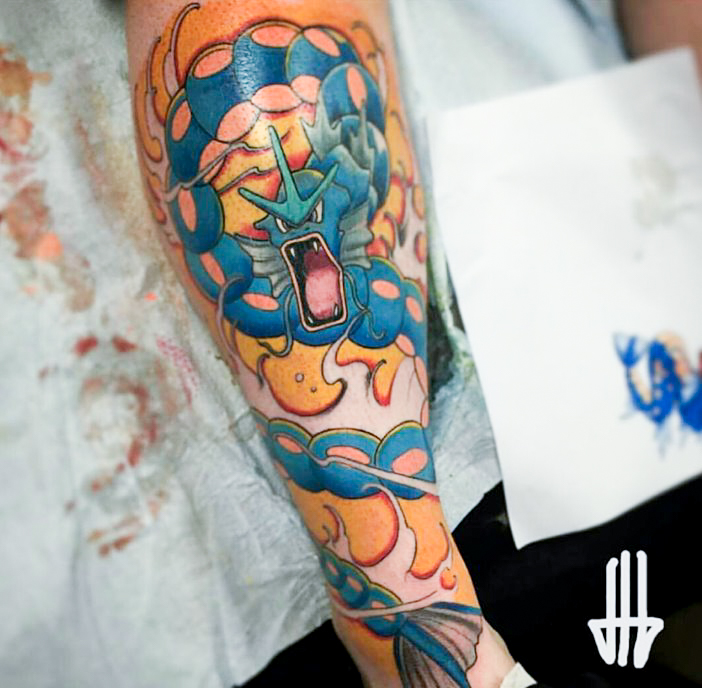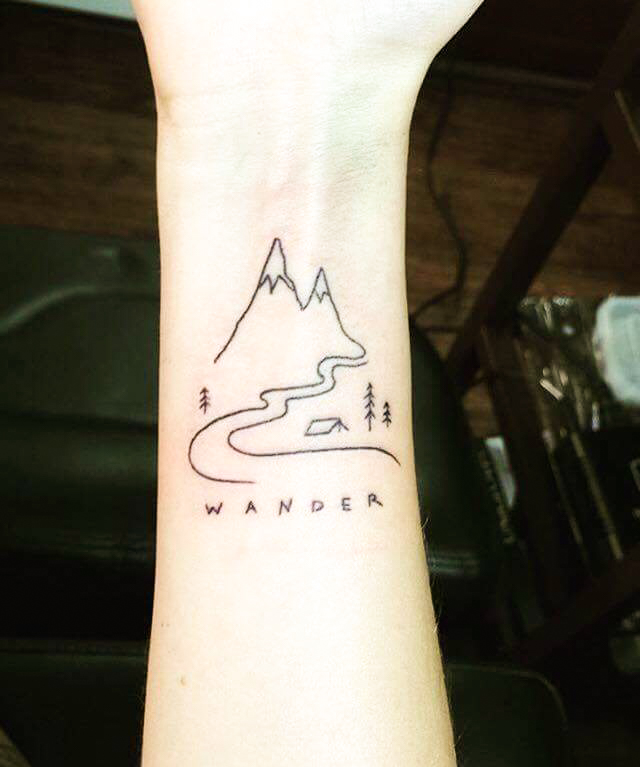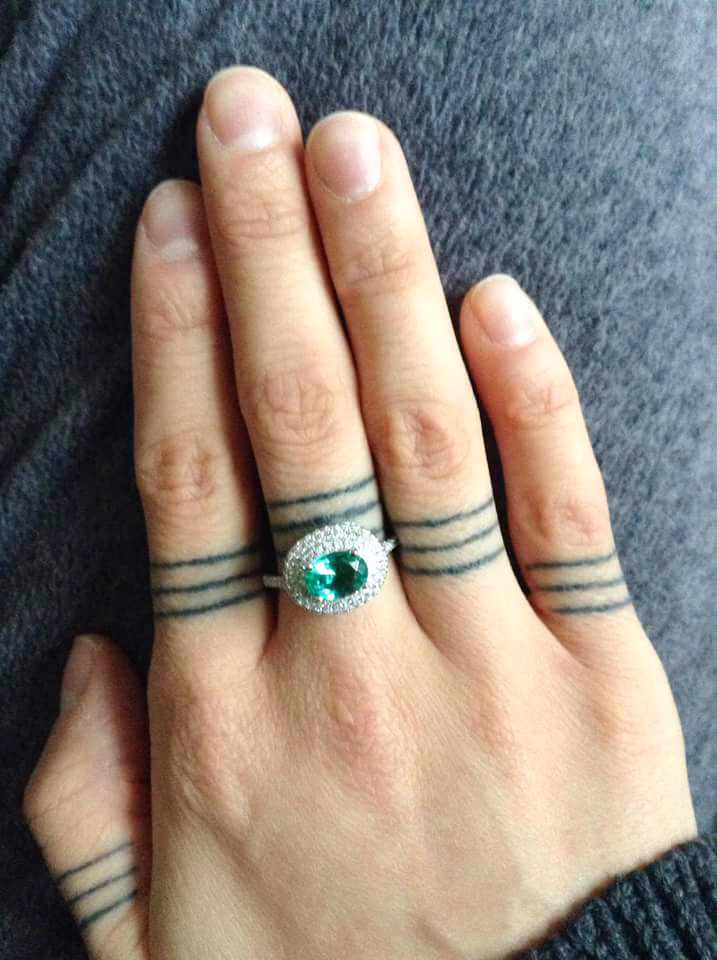Coloured hair, piercings, and tattoos are sometimes viewed as forms of self-expression.
Tattoo culture continues to rise among young people, as part of a new generation that typically values openmindedness over “looking the part,” but it doesn’t mean that societal taboos will change in the workplace.
The facts on tattoos
Over the last decade, tattoo culture has become increasingly popular with young people in North America.
Twenty-one per cent of Canadians have at least one tattoo, with a large sum of that number constituting young people between the ages of 20 and 31 years of age, according to a report by the National Post.
The Post also reported that tattoos have often been associated with lower socioeconomic status and criminality, saying 40 per cent of individuals with tattoos are high-school dropouts, 32 per cent make less than $40,000 a year, and 58 per cent have spent three or more days in jail.
But despite the numbers, many people with tattoos are university students seeking professional jobs.
So this raises the question: why are tattoos so popular today?
Tattoos as a form of self-expression
Tattoos are just a permanent form of expressing oneself, according to Ashton Schofield, a millennial who works at Value Village in Kanata.
“Whether you think about decorating your body with clothes, makeup, or tattoos, it’s all a form of self-expression,” Schofield said. “Personally my tattoos make me more confident . . . I have gone through a lot of body image issues as I am [female-to-male] trans, but tattoos have helped me to appreciate the body I am in more, even before hormones, and that is something I never thought was possible.”
Emma MacPherson, a health and safety manager for McDonald’s in the Kanata area, said she thinks millennials are more open minded to expressing themselves through their tattoos in comparison to older generations.
“[Millennials are] really drawn to self-expression, and letting out your emotions,” MacPherson, who herself has several tattoos, said. “It’s more about letting out your inner self.”
Amy Boire, an Algonquin College early childhood education graduate who has tattoos, also noted the generational differences between millennials and their parents when it comes to viewing body art.
“A lot of people are more open now. We’re not as confined as our parents’ generation,” she said.

Covering up: Do all employers require it?
Boire has several tattoos—two of which are often uncovered—and works with children at Dolphin Tale Child Care Centre in Kanata, but she said her employers weren’t concerned about her exposing her tattoos.
“They were like, ‘Honestly, if it’s not offensive, and as long as it’s professional,’” she said. “We have to dress professionally . . . because [we’re] dealing with the parents.”
Similarly to Boire’s experience working in childcare, some public and private industries are becoming more open about the visibility of tattoos on employees, according to a Harris poll on Americans’ tattoos.
Many Americans, particularly millennials, would be “extremely comfortable” seeing police officers, doctors, bankers, and presidential candidates with tattoos, and most Americans would be “comfortable” with primary school teachers, coaches, pediatricians, caregivers, and camp counsellors having visible tattoos.
Canadian Prime Minister Justin Trudeau even has tattoos on his shoulders.
But traditional industries like law still seem to maintain a strict policy against tattoos in the workplace, the poll reported.
Rebecca Bromwich, a law and legal studies professor at Carleton, said tattoos are still taboo in many professional settings.
“There are more people now who have tattoos . . . but to have it displayed, I would think that it’s no more socially acceptable now in a kind of corporate setting than it was 20 years ago,” Bromwich said. “However, there are more and more settings where [they are] acceptable.”
Industries like retail, service, and the arts are known to be more open about employees with tattoos, according to Devon Proctor, an assistant manager at Boathouse in the Tanger Outlets in Kanata, a store that sells streetwear brands.
“Because we are an alternative scene . . . it’s encouraged,” he said. “I know when I’m hiring people I always look to see if that person has tattoos. If they have tattoos, they have a little bit more respect from me.”

Proctor has a full sleeve of tattoos, and several others, such as his favorite Pokémon character on his shin.
He added he doesn’t plan on pursuing work in a corporate setting, and wouldn’t be worried about his tattoos if he did.
But some employers are still asking those with ink to cover up.
Jennifer Minter-Thibault is a home childcare advisor in her late 40s with several tattoos. She said that she is asked to cover her tattoos when she meets with clients, but not in the office.
“As the director of the agency, I have to respect the fact that I’m working for [my boss], and when I’m going out to meet parents and providers—basically whenever I’m going out of the office—she wants my tattoos covered, and I respect that,” Minter-Thibault said.
As part of the Generation X cohort, she said she has a different way of looking at tattoos in the workforce.
“It doesn’t offend me,” Minter-Thibault said. “I don’t mind putting on a long sleeved shirt just to go and do an hour orientation with parents. I can come back to the office and be who I am.”

Even though Minter-Thibault said she doesn’t have a problem hiding her tattoos for work, not everyone is comfortable covering up their self-expression.
Schofield said he is a bit nervous about potential employers turning him away.
“[My tattoos] seem a little immature to some people, so I’ve heard,” Schofield said. “I do know, though, that if an employer isn’t willing to look at my work ethic and credentials before seeing body art as negative, they aren’t the kind of person I would like to work for anyways.”
Tattoos in the legal sphere
Despite some employers’ objection to tattoos, there are no laws against employers regulating the way employees dress and the visibility of their tattoos, according to Bromwich.
She said discrimination against people with tattoos is not a violation of the Charter of Rights and Freedoms unless the individual is working directly for the government.
“It’s been confirmed in a 2016 decision [that] tattoos and other types of [expression]—like if you want to wear a mohawk, or have purple hair, that type of thing—isn’t protected under human rights law,” Bromwich said.
But she said complaints about discrimination in the workplace, depending on whether someone is a union or nonunion worker, could potentially be made under human rights law if significant grounds are provided.

Bromwich said it would be hard for an individual to make a human rights complaint about their tattoos, but individuals with tattoos related to their cultural identity would have stronger grounds to do so.
Amy Hull, a first-year dance student at York University who has traditional Inuit hand tattoos, said she plans to someday have her face tattooed in the traditional style of her people, even though it is a “dying practice.”
Hull works at the Centre for Aboriginal Student Services at York University, where she said her employers haven’t mentioned any issues with her tattoos.
But she added she doesn’t have any worries about potential employers discriminating against her tattoos because they are an expression of her heritage.
For the average person, Bromwich said she does not foresee changes to their legal protection in the immediate future.
She added there is a difference between whether an employer can legally discriminate against people with tattoos and whether they will.
But Proctor said tattoos shouldn’t be an area of concern in the workplace.
“You shouldn’t be judged on what’s on your skin. You should be judged on who you are as a person,” he said.
– Graphic by Christophe Young






